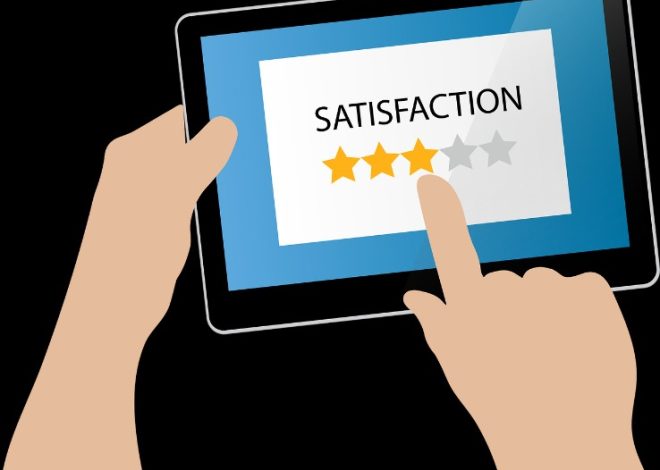
The Future of Logistics: How Technology is Revolutionizing the Supply Chain
Your first order of business is to identify the various buyer personas in your target demographic. But you can’t do that until you understand the length and breadth of your company’s range of services. Does your logistic business help customers at each stage of the supply chain or is the focus on one or several stages? Start your free, 30-day trial to see how OptimoRoute can help you improve your logistics processes and lower costs. Shipping and logistics costs have been on the rise since the start of the COVID-19 pandemic—and prices will continue to rise across the logistics industry in 2022. Understanding what logistics costs are will help you classify and measure them for your own business. Supply chain management represents an ongoing effort by companies to make their supply chains as efficient and economical as possible.
Different companies may use different blockchain platforms, making it difficult to integrate and share data seamlessly. Additionally, the scalability of blockchain technology is still a concern, as it requires significant computing power and energy consumption. Surcharges are additional fees that shipping carriers add on top of their base rates. Fuel surcharges are calculated from the carrier’s base fuel rate and applied to some shipping services but not others. Read expert articles on supply chain sustainability, governmental regulations, technology trends and much more. Supply chains will master inventory visibility with improved demand forecasting and automation. “We had to cover the transport costs to actually go and collect that container,” he says.
The first step in implementing operations and logistics management is planning. Read more about specialized global logistics here. It involves every move; from product reception to the delivery to the final consumer. At the same time, the growth and optimization of the logistics market is forcing organizations to review their supply chains, in order to create more efficiency and avoid high prices. NetSuite has packaged the experience gained from tens of thousands of worldwide deployments over two decades into a set of leading practices that pave a clear path to success and are proven to deliver rapid business value.
How is logistics different from supply chain management?
It’s helpful to have a deep understanding of your logistics systems to maximize profits while providing customers with the best experience possible. Careers in logistics can include truck driver, customer service representative, dispatcher, freight agent, supply chain manager, transportation analyst, procurement manager, logistician, and operations manager, among others. A degree in logistics or business administration will be helpful for many roles in logistics, including logistician, a career that is expected to grow much faster than average. In business, logistics is the process of transporting and storing raw materials, finished goods, inventory, and other resources. Logistics in a business is typically made up of many components, including customer service, demand forecasting, warehousing, material handling, inventory control, order processing, and transportation. In the modern era, the technology boom and the complexity of logistics processes have spawned logistics management software and specialized logistics-focused firms that expedite the movement of resources along the supply chain. Spreadsheets, hand-counted stock levels and manual order placement have largely been replaced by advanced inventory tracking software.
These services cover both tangible and intangible aspects, such as event swag, merchandise, venues, transport, registration platform, and so on. Event logistics is perhaps one of the most crucial aspects of event management. Your flawless management of event logistics radically improves attendees’ experience. Many successful online businesses have turned to 3PLs to help weather the supply chain crisis. Having more time to focus on other essential business aspects makes their logistics more efficient than ever. We’ve already indicated that usually reefer trailers, diverse containers, and even specialized vessels are used to transport temperature-sensitive products. Storing and transporting perishable food products is the oldest and most obvious cold chain use case, originating centuries ago to avoid rot or mold.
Ecommerce warehousing
All of this translates to more profit, a better customer experience, and a higher potential to hit rapid growth. With more affordable labor available abroad (primarily in China), some entities relocated factories to lower production costs and increase profits. Offshoring relies on shipping those products back overseas for sale in the United States. Much like a supply chain, a logistics manager’s job is comprised of many moving parts. While that means you have a lot to manage, it also means you have some good leeway to make refinements. If you’re looking to become a better shipping and logistics manager, try these 10 secrets to success; before you know it, you’ll be the office hero. As you have seen above, proper management of operations and logistics is the key to greater efficiency in the company.
Reverse logistics vs. traditional logistics
Motivated by greed and dismissive of the public interest, they didn’t mention that their invention was supremely ill-equipped to handle inevitable supply bottlenecks. And the pandemic exposed this hidden risk, like a domino bringing down a system primed to topple. Many will tell you that the pandemic changed consumption patterns, favoring physical goods over services as barhopping and travel shut down. Some will blame fiscal-relief programs, large deficits, and loose monetary policies for making inflation worse. Nearly all will frame the matter as a momentary kink in the global logistics leviathan, which is bound to work itself out.


